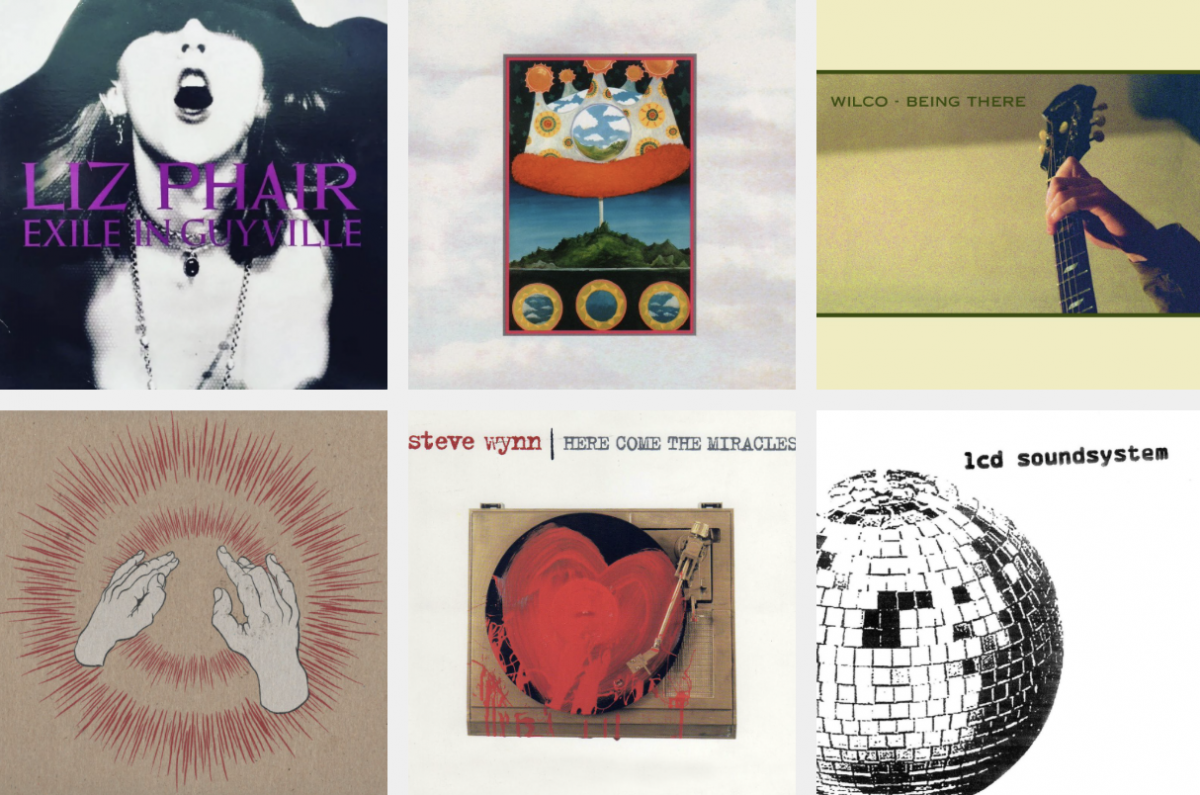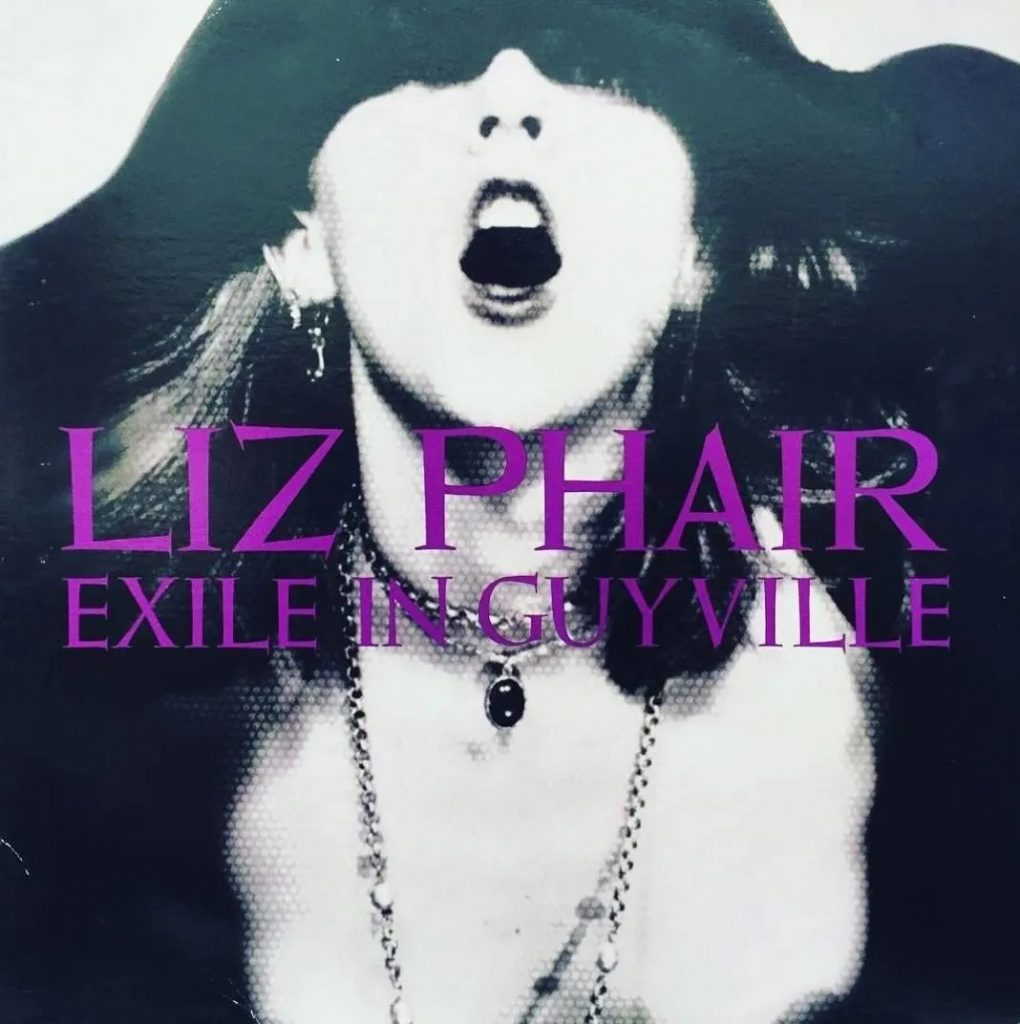
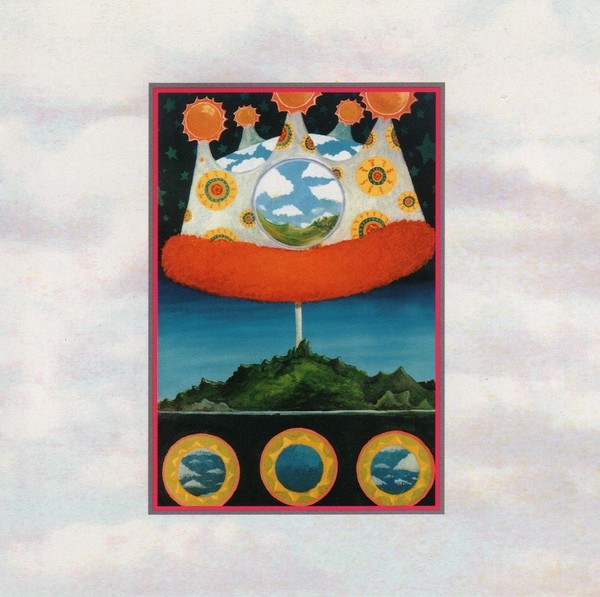
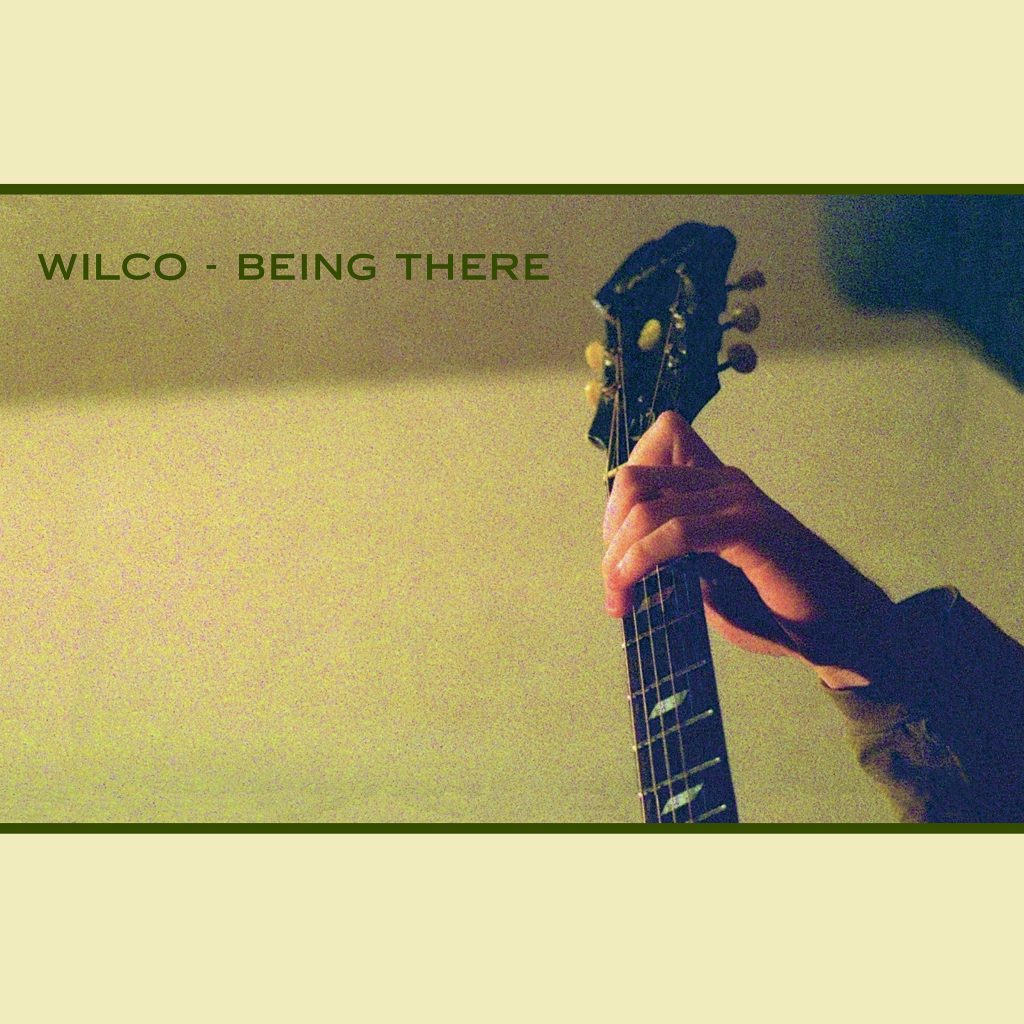
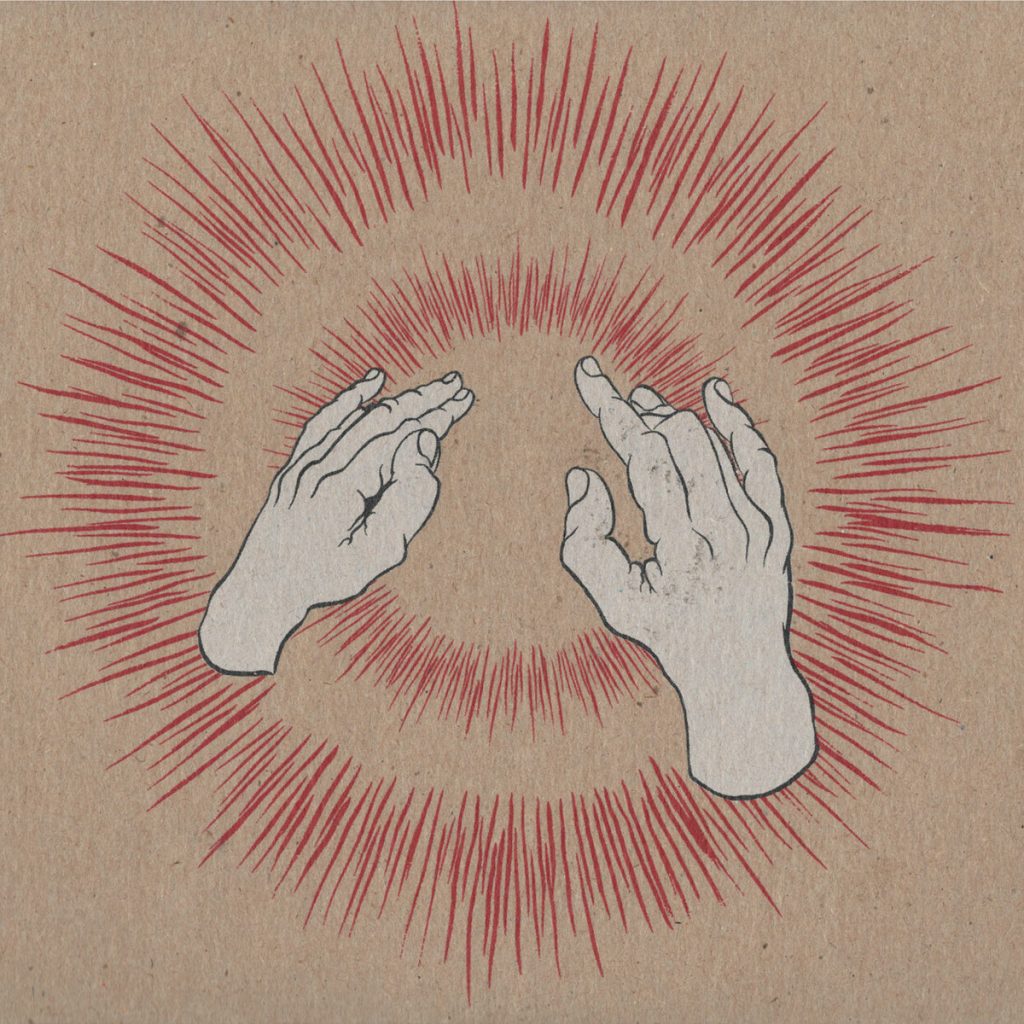
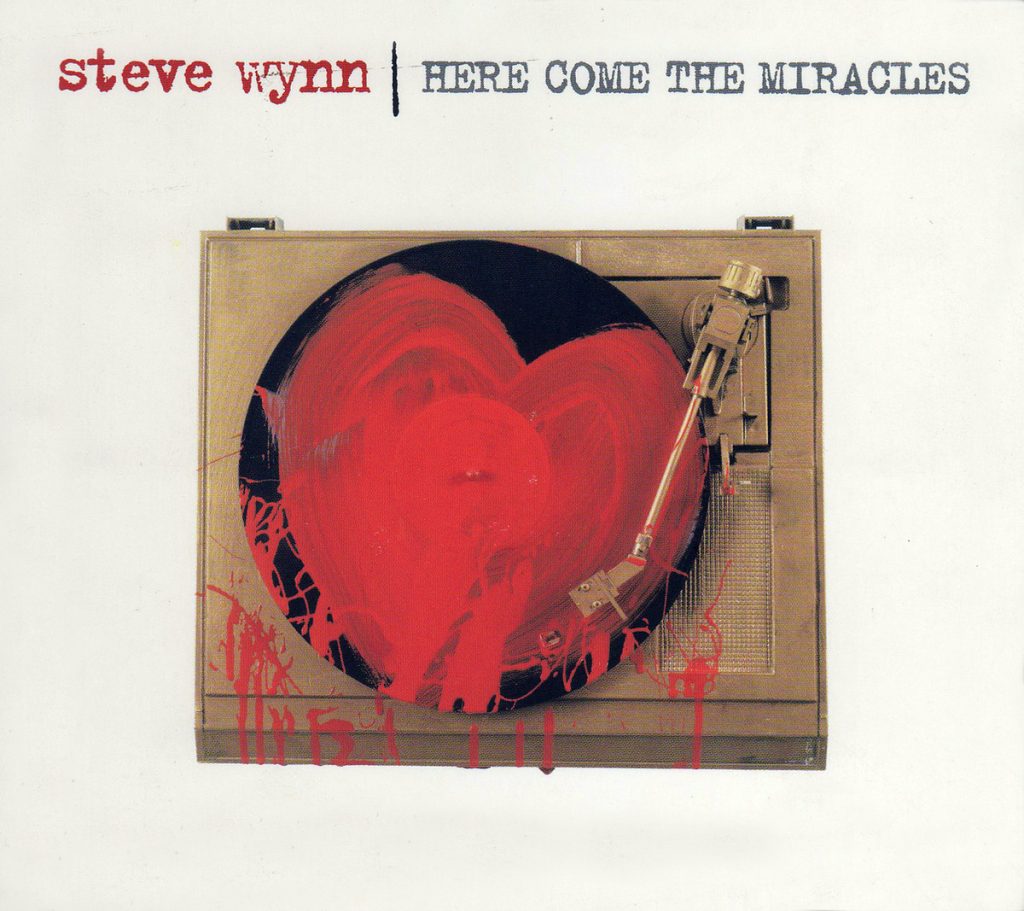

The double album is an artifact of a bygone age in which artists conceived works requiring two vinyl records to contain all the content. Today, most double-length albums can easily fit onto a single CD, which has created some confusion about intent: Is the album simply in need of a judicious edit? The double album also speaks to an era when artistic freedom frequently shook hands with musical excess, from Bob Dylan’s Blonde On Blonde to the Clash’s London Calling. Commencing with the Dave Brubeck Quartet’s At Carnegie Hall in 1963 (widely believed to be the first commercially released double album), artists have embraced the sprawling format. The indie-rock community has chimed in with classics of its own, such as Hüsker Dü’s relentless Zen Arcade and the Minutemen’s ADD-afflicted Double Nickels On The Dime. The following are perhaps the finest examples of the form the underground has authored in MAGNET’s 13-year life span.
LIZ PHAIR Exile In Guyville (Matador)
When she appeared on the Chicago scene, Oberlin art-history grad Liz Phair was an indie nerd’s wet dream. She wrote lacerating songs by the truckload, warbled them as dispassionately as Peppermint Patty on Prozac, could pull the pin on a well-placed f-bomb and skewered the male-dominated geek scene while simultaneously signifying that she was down with all the young dudes. Much was made of how her 1993 debut purportedly forms a song-by-song response to the Stones’ Exile On Main St., but in hindsight, pitting Phair’s cunnilingus anthem “Glory” against Slim Harpo’s “Shake Your Hips” doesn’t make for a very fair fight. Instead, the 18-song Guyville best displays Phair’s encyclopedic knowledge of indiedom’s most hard-baked stereotypes (smashed to bits on the devastating “Divorce Song”) and a triumph of studio smarts over execution (as her pottymouth nod to art rock, “Flower,” makes clear). Before she became suburbia’s trophy MILF, Phair served as scary godmother to a generation of angry grrls-in-waiting such as Alanis Morissette and Fiona Apple. Double Trouble: Some insist Phair doesn’t waste a single note on Exile, but five-minute dronefest “Shatter” doesn’t amount to much more than an opportunity to fiddle with flange.
WILCO Being There (Sire/Reprise)
Having left Uncle Tupelo’s alt-country ghetto miles behind him, Jeff Tweedy found inspiration in the scrap heap of rock ’n’ roll clichés for his new band’s 1996 sophomore release. Borrowing a cup of Neil Young’s woe-is-me confessional sensibility (“Red-Eyed And Blue,” with its indelible tour snapshot of “alcohol and cotton balls and some drugs we can’t afford”) and a dollop of the Stones’ bluesy swagger (“Monday” and “Kingpin” could easily pass for Sticky Fingers outtakes), Being There is a straight-up celebration of the rock ’n’ roll lifestyle. The album is so relentlessly self-referential that Tweedy even designed the CD with twin-sleeve gatefold packaging, ensuring recognition as a proper double album. Double Trouble: Goofy hayseed pastiche “Forget The Flowers” might’ve pleased the alt-country crowd but does little to extend the LP’s bleak, brittle narrative.
OLIVIA TREMOR CONTROL Music From The Unrealized Film Script: Dusk At Cubist Castle (Cloud)
Released at the apex of this Athens, Ga., collective’s obsession with the Beatles, this 1996 double LP has been characterized as the Olivia Tremor Control’s version of the White Album. But this soundtrack to an unmade film (originally titled Orange Twin) actually shares more DNA with Revolver in terms of sheer brain-bending, lost-at-the-boundaries-of-pop experimentalism. OTC songwriters Will Cullen Hart and Bill Doss make like a Southern-fried Lennon and McCartney throughout the album’s 27 tracks, culling the best of the reported 200 unrecorded songs they had at the time. Dusk lays the tape-loop goop on extra-thick and tops it off with a syrupy, low-frequency hum. Even the album’s artwork—acid-gobbling illustrations seemingly cut from the back of a high-school chemistry textbook—evokes Revolver in a way meant to ensure that we’ll turn off our minds, relax and float downstream. Double Trouble: The “Green Typewriters” intermission—10 tracks running more than 22 minutes—forms a charmingly lo-fi but ultimately inconsequential detour.
GODSPEED YOU BLACK EMPEROR! Lift Your Skinny Fists Like Antennas To Heaven (Kranky)
Tales from the topographic tundra? While no one is likely to confuse the cacophony of Godspeed You Black Emperor! with the prog-fog wanderings of Yes, this art-damaged Montreal nine-piece nevertheless manages to evoke pomp rock’s heyday on its 2000 sophomore release. Like Yes, GYBE! possesses the self-belief—or perhaps the arrogance—to spread four compositions over four individual LP sides, each clocking in around 20 minutes. Unlike Yes, GYBE! dispenses with vocals and lyrics altogether, preferring to allow bits of film dialogue and field recordings to provide what little language is required outside of its layered guitars, manipulated tape effects and percussion. This renders the tracks as vast sonic murals that build into furious crescendos where tension is released in a shower of sparkling sound. Double Trouble: The spoken-word intro to “Sleep” (a wistful monologue from an elderly New Yorker lamenting the changes that have reshaped his beloved Coney Island) adds more minutes than insight.
STEVE WYNN Here Come The Miracles (Blue Rose/Innerstate)
Two decades after creating the Dream Syndicate’s untoppable The Days Of Wine And Roses debut, Steve Wynn spent 10 days in a Tucson, Ariz., garage (aided by members of Giant Sand and Calexico) and emerged with this 2001 double disc. In much the same way that Led Zeppelin used every inch of Physical Graffiti to explore the promise of its earlier stylistic detours, Wynn stretches out with raw, raging riff-rockers of the Neil Young school (“Crawling Misanthropic Blues,” “Watch Your Step”), psychedelic talking blues that owes as much to young Dylan as Lou Reed (“Strange New World,” “Topanga Canyon Freaks”) and a lazy, heat-sapped form of blue-eyed soul (“Morningside Heights,” “Charity”). In keeping with the language of Wynn’s chosen landscape (the black-and-white world of L.A.’s seamy underside), he sounds as though he’s finally comfortable steering the night train on a collision course with the Big Adios. Double Trouble: Although Wynn’s table scraps exceed even the best work of wannabe grit-rockers such as Matchbox 20, “There Will Come A Day” translates into mere rock-by-numbers.
LCD Soundsystem LCD Soundsystem (DFA/Capitol)
If you didn’t know better, you’d swear that LCD Soundsystem’s James Murphy is a smug, self-contained character from Nick Hornby’s High Fidelity. Murphy’s Brooklyn dance/rock collective produced an insanely ear-grabbing single, 2002’s “Losing My Edge,” that name-drops every record-clerk obsession since the British Invasion: “I was there in 1968, at the first Can show in Cologne”; “I was there in 1974 at the first Suicide practices, in a loft, in New York City”; “I was the first guy playing Daft Punk to the rock kids … I’ve never been wrong.” Murphy’s album works for the same reasons that Prince’s double-disc Sign O’ The Times does: This is a one-man walking jukebox with a lifetime’s worth of records in his head (the Fall, ESG, Liquid Liquid) and a unique ability to get asses moving and brains thinking. Murphy’s running theme is the death of pop-culture irony, and while he doesn’t totally succeed, 2005’s LCD Soundsystem nevertheless goes down valiantly swinging for the fences. Double Trouble: Did the world really need two mixes of “Yeah”?
—Corey duBrowa


